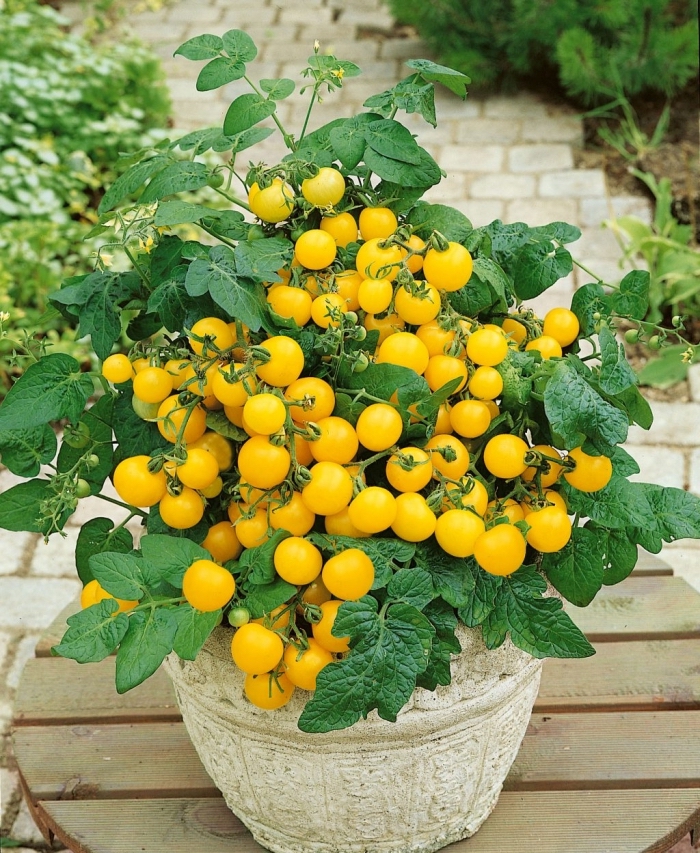Balcony or terrace vegetable garden – the ideal solution for cultivating your mini garden in the city
With the return of the sun, we are dying to spend all our free time outdoors. In addition, we are changing our eating habits by moving towards lighter, vegetarian and eco-friendly alternatives. And, that’s totally normal, because it’s hard to resist the tastes and aromas of fruits, vegetables, and fresh herbs. Sometimes we are so enchanted by the riches of nature that we get passionate about the idea of creating our own garden (even if you live in an apartment!). Are you also enthusiastic? Good news: in this article, we are going to accompany you on the adventure of making your balcony vegetable garden (so dreamed of). Check out the tips and tricks here for getting the job done (and, you’ll see, it’s really easy).

Which plants are suitable for growing on the balcony?
Originally reserved for country houses with large cottages, gardening is no longer a myth for people who live in the city. Thanks to the many practical solutions that adapt to each space and type of terrain, you can transform your balcony or terrace into a mini garden (in no time). But before you start the project, you should first learn about the plants that are suitable for container cultivation.
Vegetables
- tomatoes
- carrots
- salads (lettuce, arugula, Batavia latthugino)
- cucumbers
- zucchini
- peppers
- green beans
Aromatics
Small fruits
- blackcurrant
- gooseberries
- strawberries
- blueberries
- raspberries

Conditions and preparations
To achieve the desired result and reap the fruits of one’s labor, there are certain factors and prerequisites that one must take into account. Preparations of the land and containers also play an essential role in the project. In the following lines, we will examine the conditions and key points to better organize its work.
Gardening tips and secrets: 8 types of vegetables and herbs that you can easily grow on your windowsill
Area
In general, most balconies are built to support a weight of up to 300-350 kg per m2.
Exposure
In terms of exposure, it all depends on the plants chosen. Some species do well in the shade, others need at least 6 hours of sun exposure a day.
Organization of space
Depending on the size and shape of the balcony, the plants can be arranged vertically (raised vegetable garden) or horizontally (square vegetable garden).

Type of containers
There are different alternatives in terms of the shape and material of the containers: pots, wooden boxes, planters, green walls in pallets.
Preparation of containers
First of all, think about a filling with special soil (for herbs or vegetables) and clay balls. Then we pay attention to the depth – standard (for fast-growing species like radius, lettuce) or deeper (for other species like carrots, tomatoes, cucumbers, etc.)
Fast-growing aromatic and medicinal herbs
Sow plants according to their specific properties
The most favorable period for sowing tomatoes, cherries, carrots is in March. For cucumbers, zucchini, or green beans – in April.
Care
Regular watering needs to be taken care of as the plants on the balcony need more water.



























